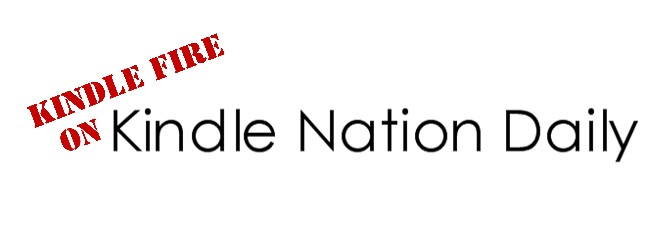
How Does Amazon Decide What A “Normal” Price Should Be For Digital Content?
Amazon is unbelievably good at knowing what consumers are willing to pay for things, and that’s because Amazon has amassed a HUGE database of information about its customers’ purchases. Amazon analysts can run reports that will show them at a glance which price points resulted in sales spikes, and which price points caused sales to slump.
How do you think Amazon arrived at $9.99 as its standard price point for new-release Kindle books from bestselling and major authors? Easy! Amazon tweaked Kindle book prices up and down, analyzed the sales increases or decreases, and found $9.99 is the “sweet spot” for Kindle book new release and bestseller sales from major authors: the maximum price the majority of consumers who consistently buy that type of Kindle book were willing to pay.
An even lower price could result in even more sales, but Amazon’s calculations aren’t limited to quantity of sales. They also have to take net profit per book sold into account, and they have to think about the long-term impact of their pricing decisions, too. If selling fewer $9.99 Kindle books still results in a higher overall net profit than selling a lot more $7.99 books, $9.99 is the smarter choice for the long haul. Lowering the price bar across the board would require Amazon to sell a consistently higher volume of Kindle books to maintain its profit margins, and catering only to the extremely price-sensitive consumer eats away at the bottom line over time.
Note: Kindle books are kind of a special case; Amazon’s actually still taking a loss on most of those $9.99 Kindle books, but that’s a whole story in and of itself.
How $7.99 – $9.49 Became The Standard MP3 Album Price For New Releases on Amazon

I observed something very interesting when Amazon first started actively promoting its MP3 Store: the prices were all over the map. New release MP3 albums from major artists ranged anywhere from $6.99 – $15.99, and singles ranged from 69 cents to $1.99 (which at the time was pretty standard for singles in Apple’s iTunes store).
Soon, daily and weekly sales started cropping up in the MP3 Store, with select lists of albums priced at $5, $6.99, $7.99, $8.99 and $9.99 each. Over time I noticed that these lists began showing some distinct patterns, with oldies and greatest hits collections from years past generally appearing in the two lowest-priced lists, while new releases and bestsellers would reliably appear in the $7.99 – $9.99 range. As for the $6.99 lists, these soon became the domain of ‘alternative’ artists, the kind of stuff that’s very popular on college radio stations and in clubs that cater to a twenty-something demographic, and popular dance, “trance” and “dubstep” artists started showing up in sale lists priced at $5.99 and $6.99.
If you check the top 100 bestselling paid MP3 albums on Amazon now, you’ll find that most of them are priced at $7.99 – $9.49, though some still come in at $13.49. The higher prices may have been set by the labels, just as publishers can choose to price their Kindle books higher than $9.99 in Amazon’s Kindle Store.
But a pricetag any higher than $13.49, for a single album at least (as opposed to a ‘double album’, ‘box set’ or special edition that features bonus content), is now pretty rare in Amazon’s MP3 Store. It’s a pretty safe bet this is because Amazon’s database showed lots of people are willing to buy new release albums when they’re priced between $7.99 – $9.49, but if you go any higher sales start to dip.

Will $7.99 Become The Standard Price For SD Instant Videos After The Initial, New Release Period?
It’s possible.
Recently, Amazon has been conducting the same kinds of pricing experiments I saw in its MP3 Store in its Instant Video Store. $14.99 seems to have become pretty well cemented as the standard price for purchasing new release, Standard Definition (SD) Instant Videos, as well as all-time classic Instant Videos of movies that will be selling well for generations to come (e.g., Disney movies). As for those that are past the ‘new release’ period and don’t merit any special categorization, a number of recent sales seem to indicate Amazon is zeroing in on the $6.99 – $8.99 price point for various groups of videos.
A couple months back, for the first time ever, a large collection of Pixar film Instant Videos were put on sale for $8.99 each. Those Instant Videos had never been discounted before, when the sale ended their prices shot right back up to $14.99 each. Right now, all of the Harry Potter movies have been discounted to $7.99 each and again, this is the first time any of those films have been offered at a discount. Two big, recent summer sale events featured a lot of past blockbusters and indie film hits priced at $6.99 each.
I would love to see the sales data from these Amazon pricing experiments, because if they resulted in significant sales spikes it’s a safe bet we’ll be seeing more SD Instant Videos routinely priced at $6.99 – $7.99 instead of $9.99, and more $8.99 temporary sales on the premium Instant Videos.
So vote with your wallet by buying Instant Videos when they go on sale at a discount: Amazon is definitely paying attention.
